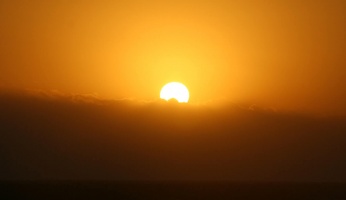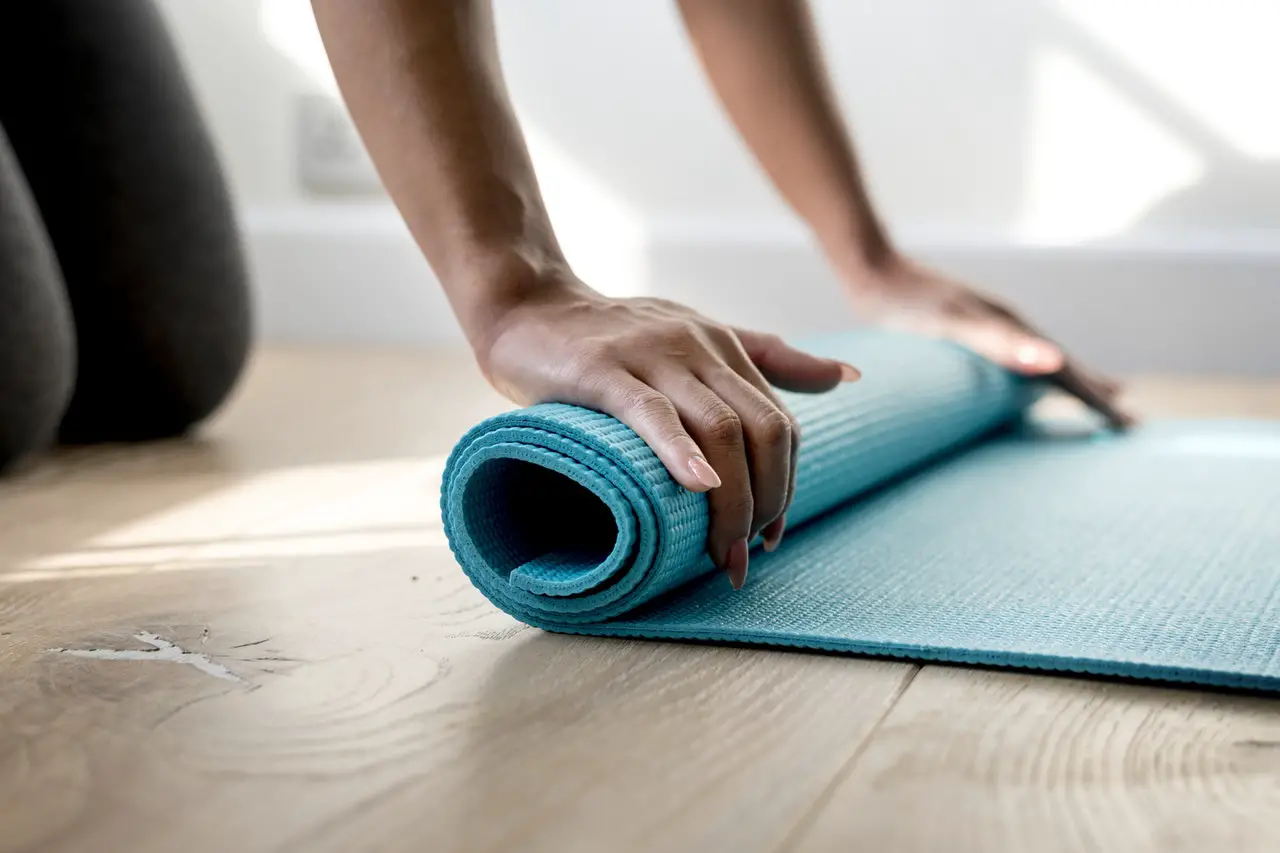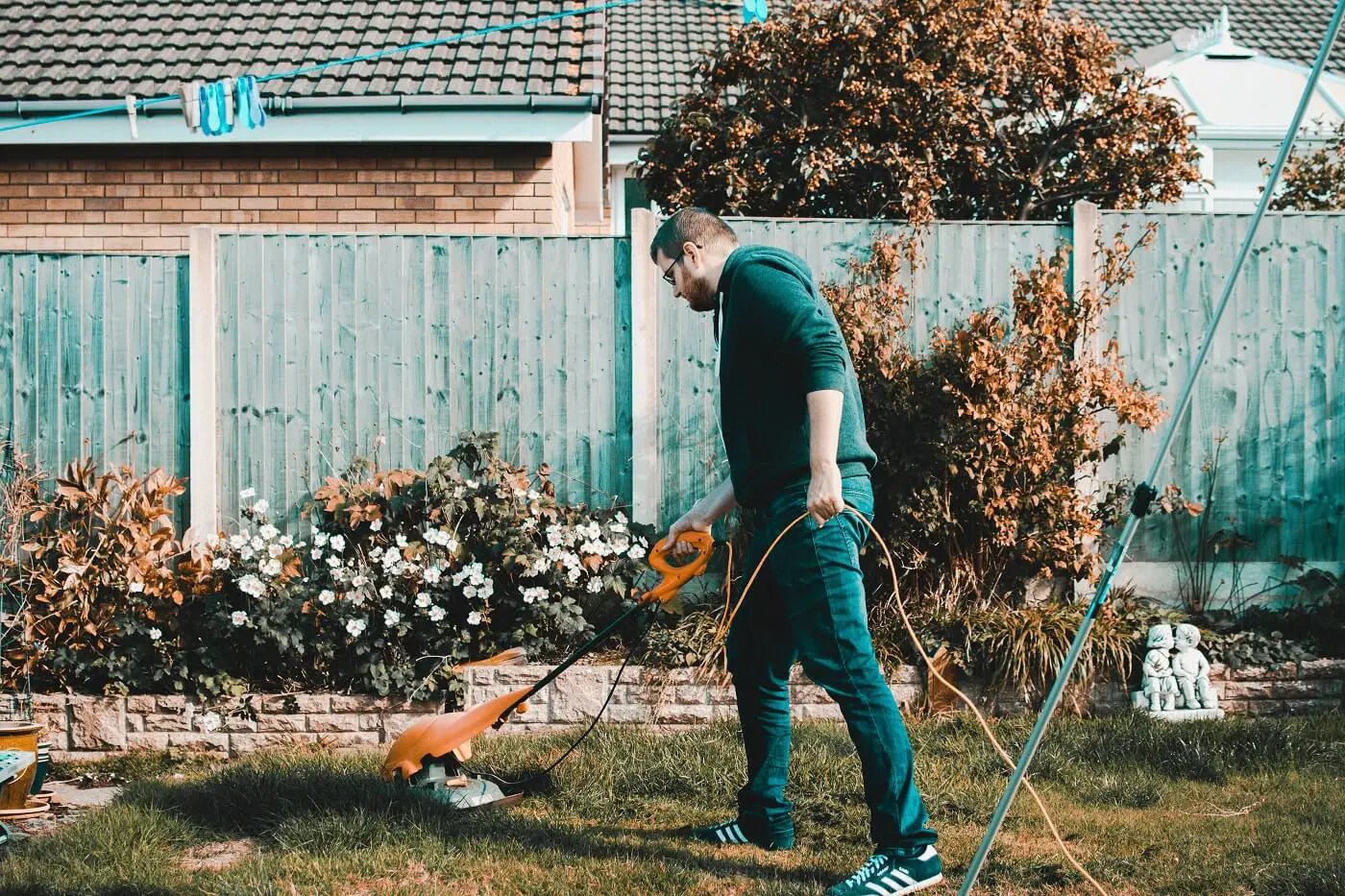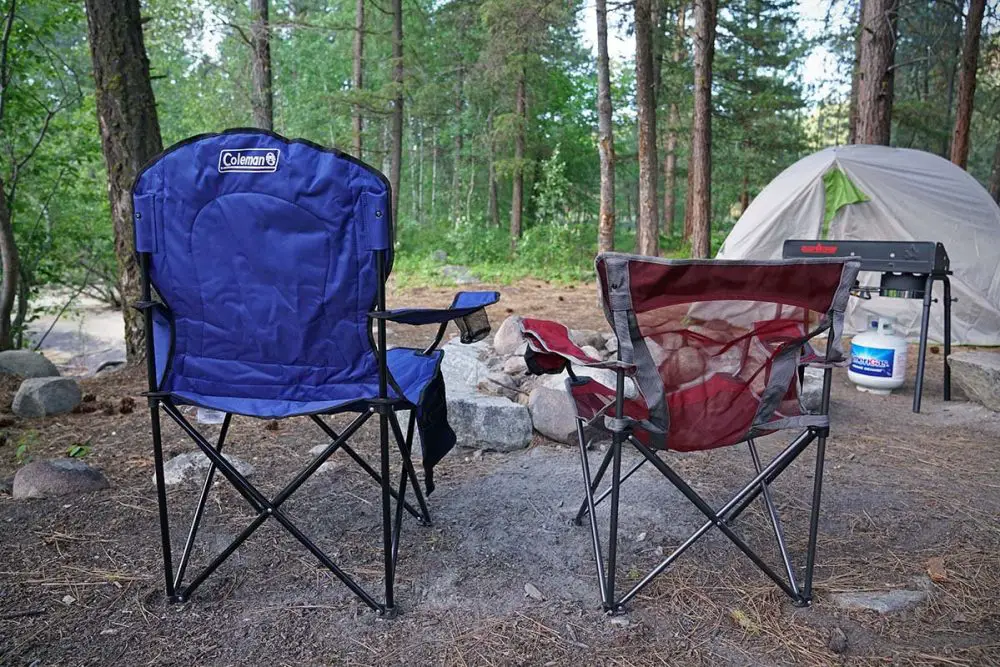Solo Camping: How to Camp by Yourself Safely
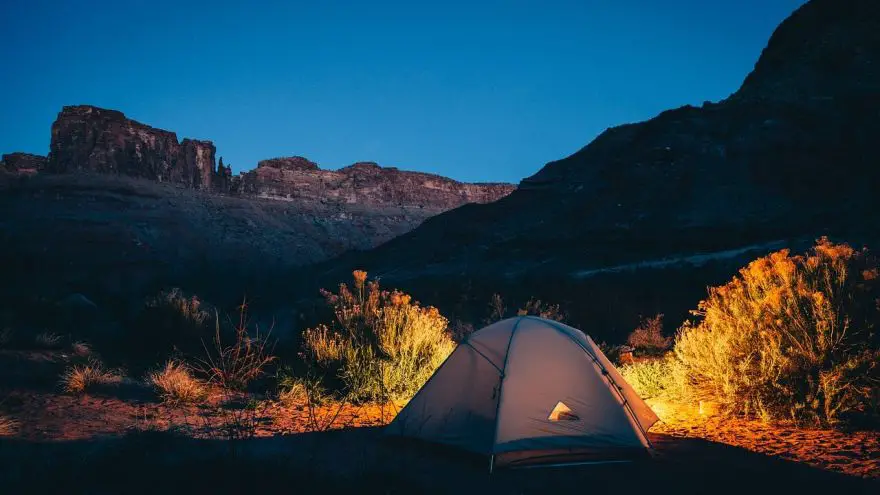 Solo Camping: How to Camp by Yourself Safely
thegearhunt.com
Solo Camping: How to Camp by Yourself Safely
thegearhunt.com
Camping by yourself is an experience that is both enjoyable and unique. There are quite a few reasons for people to camp all alone. Maybe they decided to go for the escape from the hustle and bustle of the daily grind, maybe your friends all had something else going on, or maybe your partner canceled right at the last minute. It doesn’t matter what the reason is, the next few paragraphs will assist you when it comes to making your solo camping experience one that is both enjoyable and safe.
What You Need to Know
There are a larger number of benefits to solo camping than you might think. Some of them include things like:
- Without any company, you will have more space in the tent for your things and yourself, but additionally, you will have that added space in your vehicle in case there is any sort of luxury items or equipment that you might want to bring. All of the space that someone and all of their stuff would be taking up is now ready and available for your use.
- It can assist you in discovering your mental and physical limitations.
- It gives you the opportunity for a bit of personal growth by the peace and quiet needed for introspection.
- Speaking of peace and quiet, it will be unmatched.
- You will be able to learn to rely on yourself.
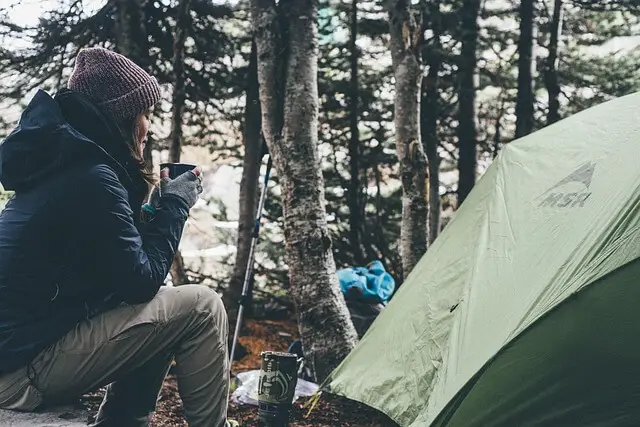
Solo camping also poses a few complications and risks that you need to understand fully. Some of them include:
- Camping alone can be more dangerous than camping with someone else. You need to take the right precautions to ensure that you will be safe.
- There will be a number of challenges involved in this activity. Some of them include setting up all of the equipment and performing a few other tasks with no help from anyone.
You need to consider both the negative and the positive aspects of camping by yourself before you head out to the campsite. Experiences that are unpleasant and could have been avoided are quite often the result of things like a lackadaisical approach to the process of planning, poor foresight, and preparation that was improper.
Potential Hazards
It is always a good idea to think about safety concerns – whether you will be going camping or doing anything else. The thing about camping by yourself is that if there is a life-threatening experience, you will not have anyone nearby who you can rely on for help. This is especially true in the event that an incident of this nature results in you being unable to go out and seek help yourself.
When you are camping by yourself, potential risks are all around you and if you are extremely secluded, the more the odds will be stacked against you in the event that an illness or accident should occur. Things that might not typically be anything to worry about can quickly become life-threatening when you are by yourself in an area that is secluded. The issues only get worse when you take into account the fact that many areas in the woods do not have any reception for cell phones. Just as an example, say that you are allergic to bee stings. You are camping by yourself in an area miles away from the nearest road and cell reception when all of a sudden, you get stung by a bee. Just this tiny thing could quickly land you in a position where you might lose your life.
Injury and illness are two of the main things to be concerned about. You can greatly lower your risks that are involved with this type of camping if you prepare for possible illnesses and injuries and by practicing with actions that are smart. This means that you need to consider and prepare for things that might happen, but you also need to take steps that will prevent getting into situations that can be hazardous.
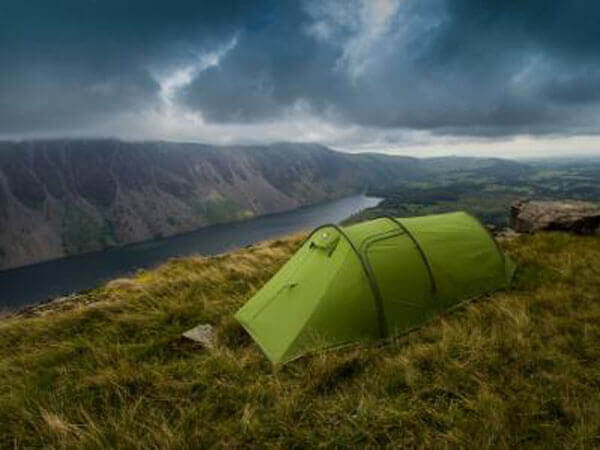 Some of the simple yet practical steps you can take include having a first aid kit and any medications you might possibly need, wearing clothing that is protective, using saws as opposed to hatchets or axes, being careful where you are walking, protecting your hands when you are gathering firewood, making sure that your footwear is properly secured, and not eating animals and plants that aren’t familiar to you. You also need to wear clothing that is brightly colored, prepare for any unseasonable weather, bring more water and food than you might need, and stay away from drugs and alcohol.
Some of the simple yet practical steps you can take include having a first aid kit and any medications you might possibly need, wearing clothing that is protective, using saws as opposed to hatchets or axes, being careful where you are walking, protecting your hands when you are gathering firewood, making sure that your footwear is properly secured, and not eating animals and plants that aren’t familiar to you. You also need to wear clothing that is brightly colored, prepare for any unseasonable weather, bring more water and food than you might need, and stay away from drugs and alcohol.
Aside from the potential dangers posed by illness and accidents, there might also be risks that are posed by beasts and man. Take additional precautions to ensure that you steer clear of human threats, disturbed or sick animals, large predators, and poisonous critters. You can find practical suggestions for being safe all over the place, but let’s just say that you shouldn’t turn over any sort of tree stumps or rocks, look before you reach for something, and let any animals know that you are in the area – do this by making noise. Depending on the laws that govern where ever you will be, and your personal views, you might want to think about some sort of personal protection – such as a non-lethal weapon or a can of bear spray, etc.
Preparing for Camping
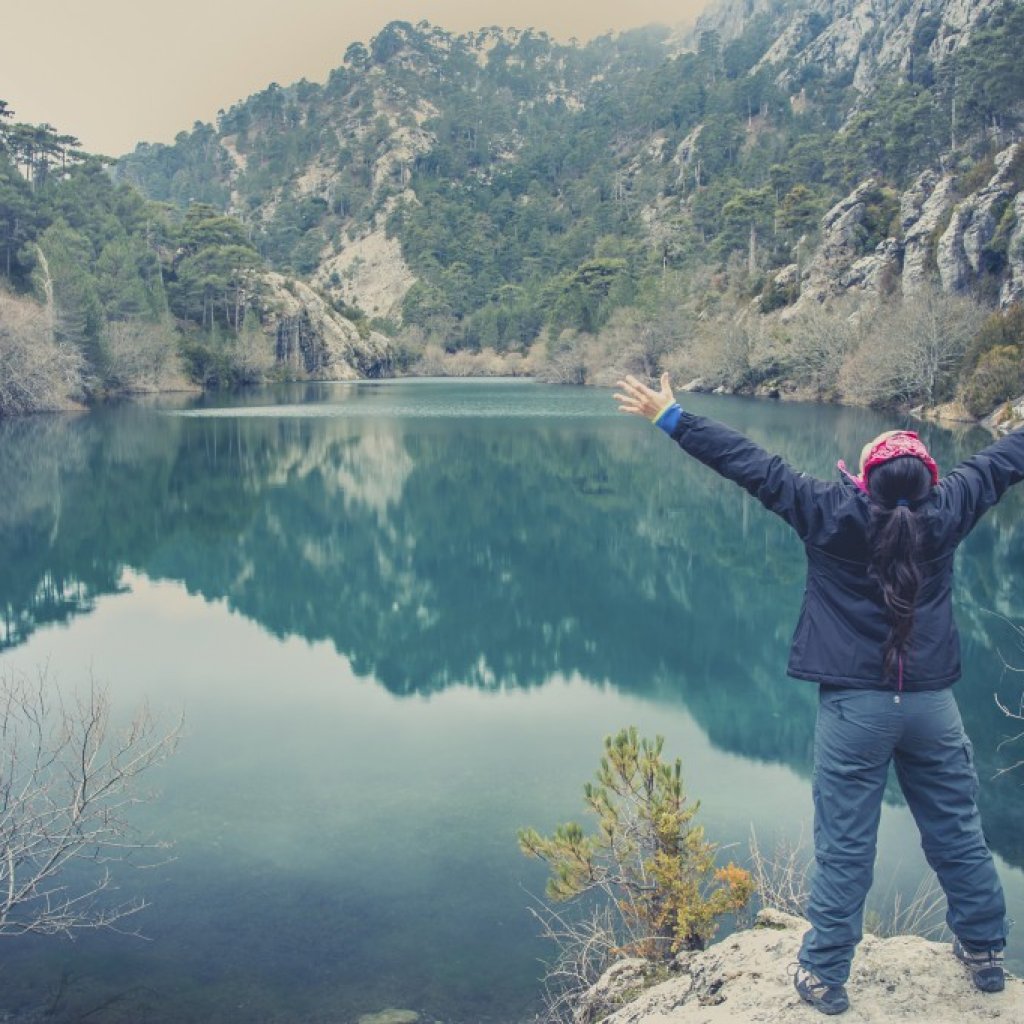 After you have given a bit of thought to the potential hazards, difficulties, and rewards of solo camping, you need to find a place where you can camp. You can research the area online and obtain any necessary permits. If the cost is prohibitive, you might want to think about heading to one of the states that allow people to camp in tents for free. Most of the federal and state forests and parks, as well as most campgrounds, will require you to make a reservation and this might be required to be as much as 3 months before you camp.
After you have given a bit of thought to the potential hazards, difficulties, and rewards of solo camping, you need to find a place where you can camp. You can research the area online and obtain any necessary permits. If the cost is prohibitive, you might want to think about heading to one of the states that allow people to camp in tents for free. Most of the federal and state forests and parks, as well as most campgrounds, will require you to make a reservation and this might be required to be as much as 3 months before you camp.
You can reach out to the ranger station if you will be camping on federal or state lands, or to the office if you will be staying at a campground. When you call them, you need to:
- Ask for a map of the surrounding area,
- Ask for a copy of any regulations and rules,
- Ask any questions you may have regarding anything else,
- Tell them that you will be camping by yourself and inform them of any of your medical conditions.
When you make this call, be prepared for the ranger to ask you a few questions too. These questions might include things like:
- Your driver’s license or state ID number
- The license plate number for your vehicle
- The make and model of whatever vehicle you will be parking at the camp area
- Your name, address, and phone number
- The number, name, or letter of the location you want to stay at.
Once you have done that, you can focus on the driving directions. You can get these easily from Google Maps, or from your local auto club or AAA. You will also need to get directions to the office or ranger station that you talked to on the phone, and the phone number and directions to the nearest police station and hospital.
Now, you can calculate the round-trip mileage and how much it will cost for gas. While doing this, keep in mind that because of the added weight to the vehicle, your gas costs might be a bit higher than normal.
Finally, take a look at what the climate is in the area you are planning to camp in. It is critical that you know this in order to prevent any dangerous and unwanted circumstances. After you have familiarized yourself with the climate in the area, you will be ready to choose the clothes and supplies that you will be needing on the trip. This process will keep you from dehydrating, overheating, or freezing because of a lack of preparedness.
Choosing Your Equipment
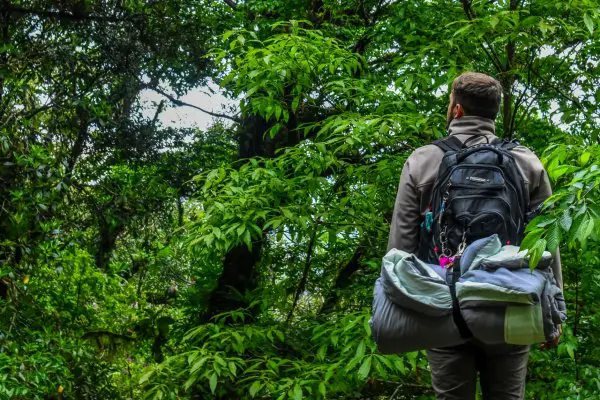 Camping by yourself doesn’t really have an impact on the sort of equipment you will need. You just need to ensure that whatever you are bringing isn’t overly complicated or too heavy for you to handle on your own. If you will be bringing a shower unit, tent, or any other type of camping furnishing that you haven’t used before, you might want to test it before leaving for the campground.
Camping by yourself doesn’t really have an impact on the sort of equipment you will need. You just need to ensure that whatever you are bringing isn’t overly complicated or too heavy for you to handle on your own. If you will be bringing a shower unit, tent, or any other type of camping furnishing that you haven’t used before, you might want to test it before leaving for the campground.
Unless you are bringing luxury items, it will more than likely be the tent that will be the most complicated to set up. Most of the dome style tents can be pitched without a lot of help, but you will need to have patience and a bit of skill or ingenuity. Again, if this is something that you aren’t familiar with, it can be a lot of help if you practice doing this before you are in the boonies. If you have a tent that is just too difficult for you to pitch by yourself, there are a few tents on the market that don’t require any sort of assembly at all. These tents, like the CampRight Pop Up Tent, just fold out and then pop up as a unit that is complete. If buying a new tent just isn’t in the budget, there are even a few stores that will rent them out for reasonable prices.
Keep a Weather Eye
As mentioned above, you need to keep your eye on the weather. People camp in all sorts of weather, but it will be best if you know what type of weather you will be dealing with – nothing can put a damper on a camping trip like not being prepared for the rain or the temperature.
Creating a Checklist
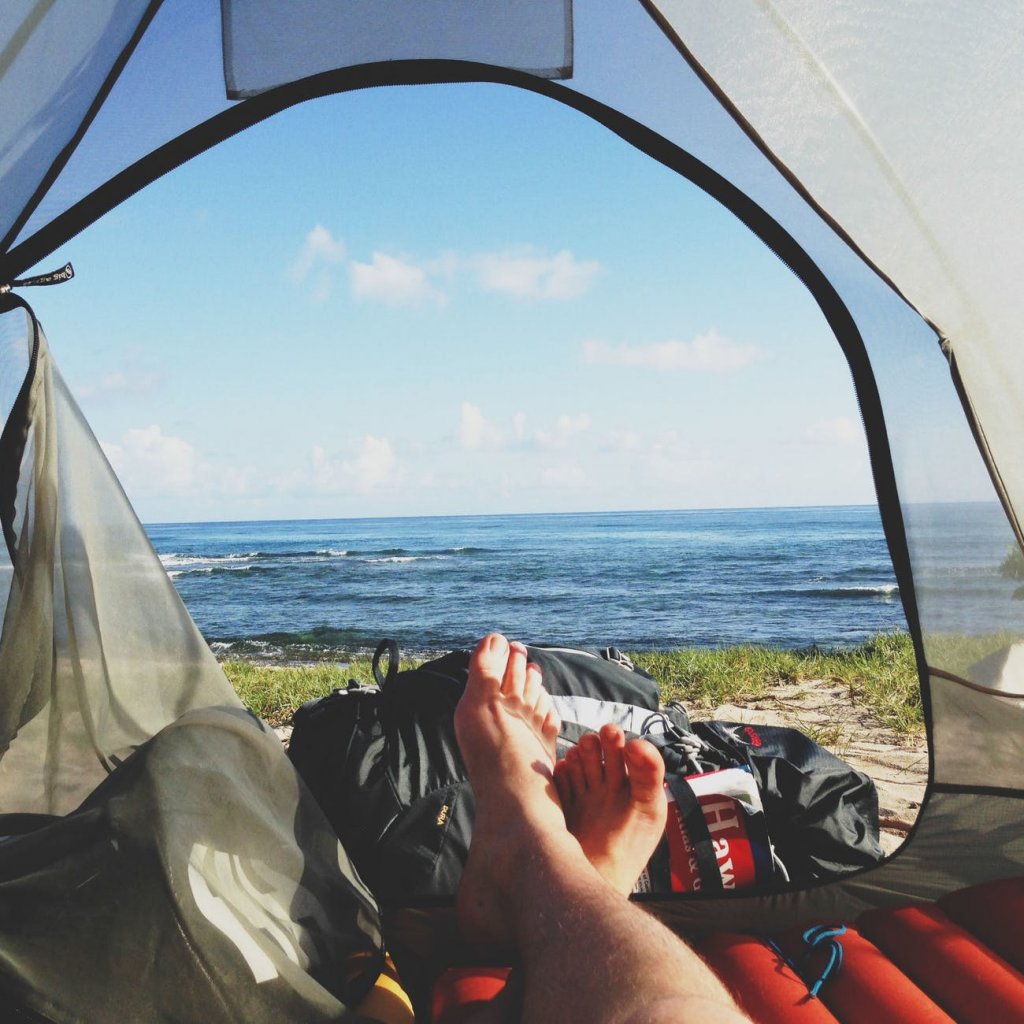 Now you are ready to start making your checklist for the trip. This will allow you to be sure that you don’t forget anything that might be important.
Now you are ready to start making your checklist for the trip. This will allow you to be sure that you don’t forget anything that might be important.
Making this checklist is something that is simple to do. When you make this list, you will need to start by putting information that might be important right at the top of it. Since this list should go camping with you (so that you don’t forget anything while you are packing up the campsite to come home), you might need important information and phone numbers in the event that there is an emergency. You will need to include information for any first responders in the event that the unthinkable happens. This information should include things like:
- Your name, address, and phone number
- A description of any clothing you might be wearing
- The number/name and/or location of your campsite
- Your emergency contact name and number
- The name, address, and phone number of the camp office or the ranger station
- Your blood type if you know it
- A local emergency phone number
- A list of any sort of medications you take
- A list of medical conditions and allergies you suffer from
- Anything else that you think might be important if you are lost or if someone finds you unresponsive or incoherent.
Make sure that you leave a copy of your list in your vehicle so that if anything happens first responders will get this information as quickly as possible. If you will be camping in an area that is secluded, but your vehicle will be visible, put your list right on the driver’s seat so that it will be able to be seen through the window.
Create a list of the items you will be taking on your trip with you. Once you have created this list, you can go through it and ensure that you haven’t forgotten anything. Remember not to make the list too long because you will have to load and unload all of your gear from your vehicle multiple times.
In Conclusion
Now, you are ready to head off to the great outdoors! With the advice you read in this article, you will be more likely to have a rewarding and safe camping experience. Camping by yourself can be one of the most rewarding experiences you will ever have, and you might even find yourself planning your next trip before this one ends. Be safe and happy camping!!!
Sources
- YouTube, The Camping Guy – How to Enjoy Camping by Yourself
- Unbrave Girl, Go Solo Project: 5 Reasons to go Solo Camping
- HipCamp, 7 Solo Camping Tips for Women
- Trail Sherpa, 89 Camping Tips to Elevate any Campsite





